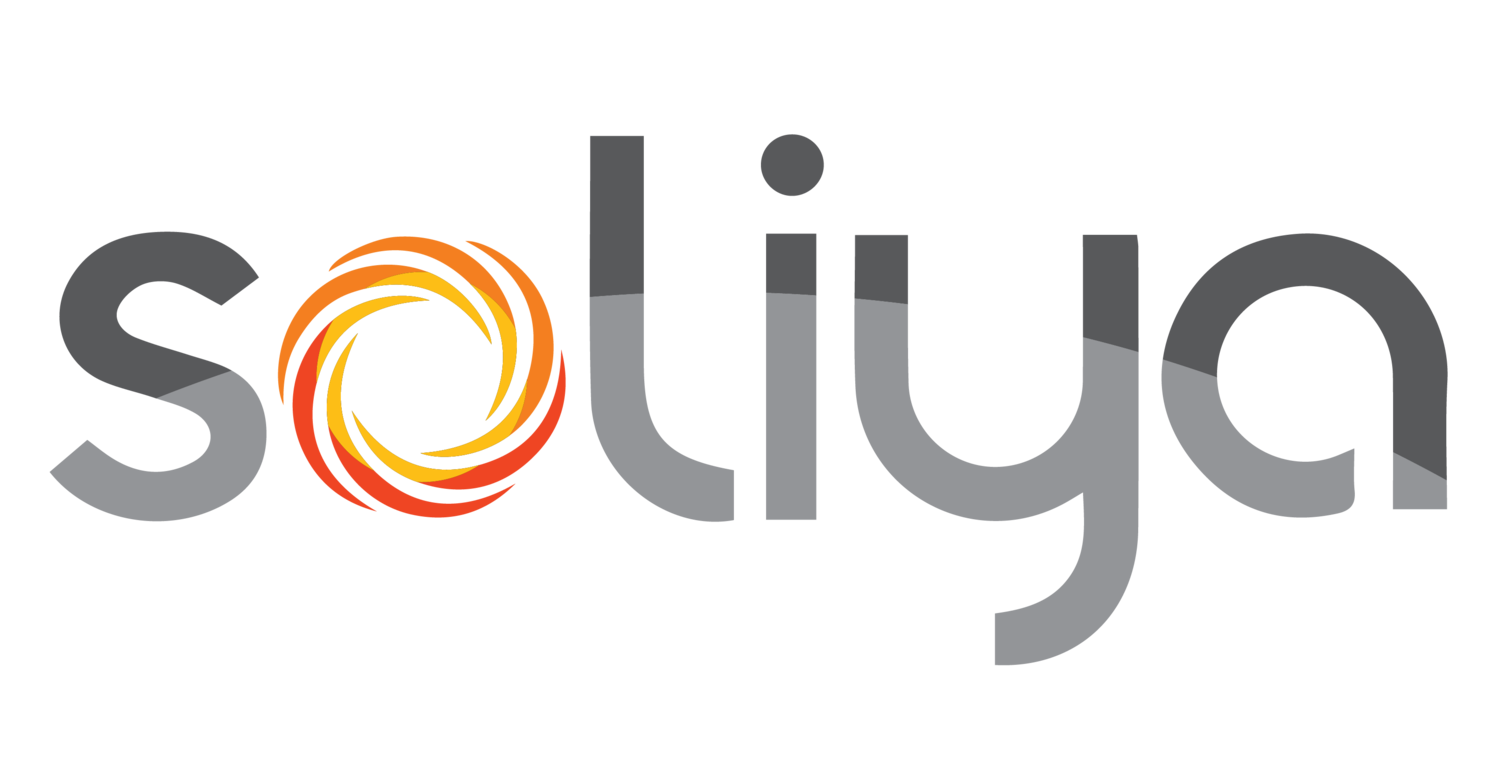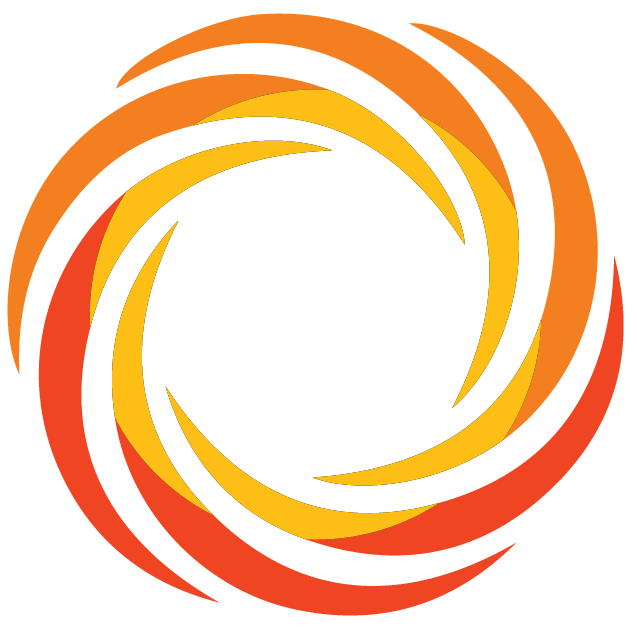Global Circles Digest: Freedom of speech and its limits
Global Circles Digest – a synthesis of the dialogue based on facilitator observation reports, reflecting on converging and diverging views and emotions expressed during the exchanges. The digests don’t make attributions to participants to preserve the private and safe nature of our dialogue spaces.
Written by Rafael Tyszblat, an innovation and design specialist at Soliya overseeing content and curriculum development for new dialogue and training projects.
Our October 2021 round of Global Circles brought together 160 participants dispatched in 17 groups and representing 23 countries to exchange on their understanding of freedom of speech. This was undoubtedly a fascinating topic and one that sparked rich discussions. Different societies and models have tried throughout the ages to find the right balance between free speech and social order, but it is fair to say that none has found a fully satisfying solution. With the democratization of public speech, all sides of the political spectrum are now grappling with what its limits should be. With politicians, thought leaders, and citizens themselves using more and more offensive speech; the removal of personalities’ access to social networks; and the rise of censorship and what some people name “cancel culture”, free speech and its limits have provoked and are still provoking fierce debates across different regions of the world.
As per Soliya’s approach to dialogue, facilitators encouraged participants to not get stuck in conceptual debates and instead discuss these topics from a very personal level, sharing how these concepts affected their personal lives. Here are some of the questions that were asked:
What does freedom of speech mean to you?
Should there be limits to freedom of expression? When?
Do you believe freedom of speech and safety are at odds? In which circumstances?
Have you been “called out” for something you’ve said?
What do you think should be your role in fostering a healthy culture of discourse in society or on social media?
Is free speech a risk for truth?
This topic touched on core values and aspects of people’s identities. It was clear that, while the debate was relevant universally, its nuances varied across countries. Regulation of public speech can come variably from governments or citizenship. Participants delved into concepts of control, censorship, cancel culture, and the risks of infringing on understood or delineated limits of free speech. The truly global cohorts significantly impacted participants’ insights into similarities and distinctions across geographic and cultural contexts.
Moreover, the learning didn’t just come from the diversity between regions but that within countries as well. Not everybody in any given country agreed on the state of freedom of speech and the analysis of hate speech. Even within each individual, there were conflicts and unresolved questions leading to less posture and more inquiry, with the objective of having a more enhanced understanding of the issues. Some American participants for instance pointed that a movement like Black Lives Matter was considered by some of their fellow citizens as hate speech while by others as a call for equality. It was also mentioned that cancel culture could be seen as either abusive and dangerous or a safeguard for respect.
The definition of free speech itself did not raise much debate and most participants seem to agree on its meaning, while some even considered it to be inherently tied to the concept of responsible speech: the freedom to say what you mean without offending or hurting anyone and while being aware of the impact that words can have on others. Many agreed that free speech should be counterbalanced with accountability and respect. The principle of free speech was a common aspiration and there was a lot of agreement that hate speech should be restricted to some extent. The differences were mostly highlighted when trying to determine where those limits should be put.
Participants were able to share personal stories of being the recipients of hate speech (sexism, islamophobia, and ableism, for instance), or of fighting for free speech. Those stories happened in the family setting or at school, which showed that free speech and hate speech, rather than just theoretical concepts, have concrete impact on people’s lives. Groups talked about science, education, history, and religion to illustrate their thinking on this topic. Points of contention were about LGBTQI+ rights and on the means to limit hate speech. Should authors of free speech be banned from social media? Or should they be actively engaged (and if so, how)? There were many discussions about the roles and responsibilities of social media and mainstream media.
As expected, the discussion on free speech and hate speech also touched upon the notion of “intent vs. impact”: should speech be judged by the intent of the speaker or the impact on the audience? The goal of dialogue was not to solve that question or to reach a consensus, but to try to explore where and why people may have different perspectives. It was to foster a willingness to think critically, understand a diversity of perspectives, and understand one’s role and responsibility in engaging constructively on what can be difficult and divisive topics.

